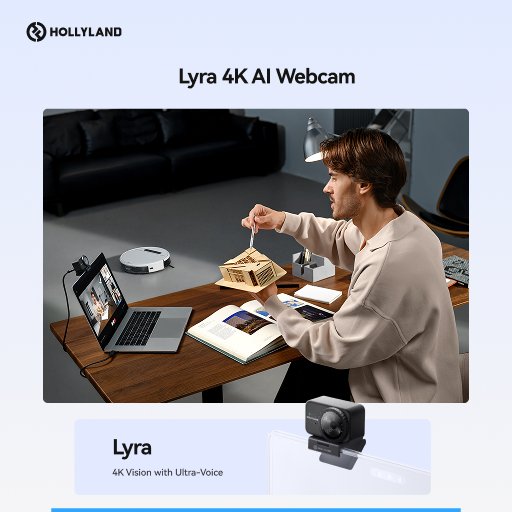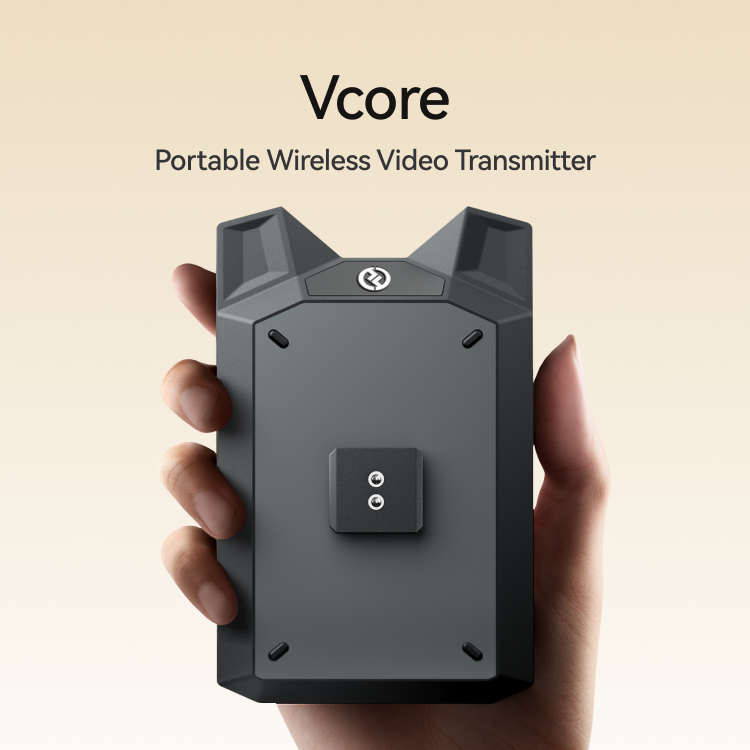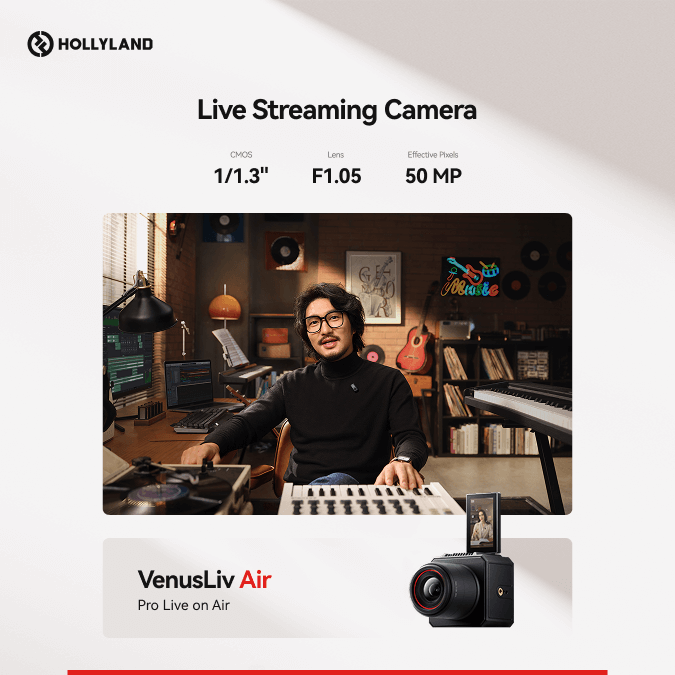Has listening to your voice back on a recording ever made you wonder who spoke the lines? Whenever you experience these feelings, you should know it’s totally normal. Lots of people share that opinion. Your voice will affect the outcome of any Zoom call, podcast, video or speech.
Great news, you don’t have to use fancy equipment or record in a studio to produce professional sounds. This article explains how to sound professional, record audio well and edit your voice like an expert. Read on to learn more.
1. Speak Clearly and Confidently
How you talk should be the first thing we focus on. Having a great mic does not guarantee professionalism if your words are hard to catch.
Here’s how to fix that:
- Slow down: Talking quickly means others often find it difficult to stay with you.
- Take pauses: Pauses help your words land and give you time to breathe.
- Speak with intention: Think about what you want to say before you say it.
- Don’t mumble: Open your mouth and enunciate your words clearly.
Pro Tip: Practice reading out loud. It helps you become more aware of how you sound.
2. Control Your Voice Like a Pro
Ever heard someone who just sounds confident, no matter what they’re saying? That’s no accident.
Here’s what helps:
- Pitch: Don’t speak too high or too low. Find a natural middle ground.
- Pace: Keep it steady. Not too fast. Not too slow.
- Tone: Sound friendly and open. Avoid sounding bored or robotic.
- Volume: Be loud enough to hear, but not so loud you’re yelling.
Try recording yourself and playing it back. This is the easiest way to catch what needs fixing.
3. Warm Up Before You Speak
Just as your body uses warm-ups, your voice needs to be prepared too. Before a game, athletes warm up and you should too before recording or presenting. Try these quick warm-ups:
- Humming can help you loosen the muscles in your throat.
- Say the phrases “Red leather, yellow leather” three times back-to-back as fast as your tongue would allow it.
- Take calm breaths that are deep enough to make you less nervous.
With these tricks, your voice will feel more relaxed and you will sound polished.
4. Pick the Right Mic (Doesn’t Have to Be Expensive)
You don’t need a $500 microphone to sound good, but a decent mic does help.
Here are a few beginner-friendly options:
- USB microphones: Plug right into your laptop. Easy and budget-friendly.
- Good picks: Blue Yeti, Samson Q2U, Fifine K669B
- Lavalier mics: Clip to your shirt. Great for mobile setups.
- Headset mics: Perfect for video calls and gaming.
Quick Tip: Always speak directly into the mic (but not too close), and avoid tapping your desk while recording.
5. Reduce Background Noise
Nothing kills a professional vibe like barking dogs or traffic noise in the background. But guess what? It’s fixable, even if you’re recording at home.
Here’s how:
- Choose a quiet space: Avoid echoey rooms or open spaces.
- Turn off fans and loud appliances: These get picked up more than you think.
- Close windows and doors: Reduce outside noise as much as possible.
- Use blankets or pillows: They help absorb sound and cut down on echo.
If you can, record in a room with carpet or curtains. Hard walls bounce sound, which makes your audio messy.
6. Use Free Tools to Clean Up Your Audio
That’s where all the real change takes place. If your recordings aren’t top-quality but still fine, a little editing will help your voice come out smooth, clear and professional. And guess what? You can run a successful business without buying costly software. The free and easy-to-use editor Audacity is now your best audio editor. If you want to clean up your audio, consider Audacity your tool. This is how you use it:
Step 1: Remove Background Noise
Indirect sounds can still appear in your recording, even when you’re in a very quiet location. It could be your ceiling fan, laptop hum, or street sounds. Audacity helps you clean it up fast.
Here’s how:
1. Open your voice recording in Audacity.
2. Find a section where you’re not talking just a bit of the background noise.
3. Highlight that section with your mouse.
4. Click on Effect > Noise Reduction > Get Noise Profile.
- This tells Audacity, “Hey, this is the noise I want to get rid of.”



5. Now select your full audio track (Ctrl+A or Cmd+A).
6. Go back to Effect > Noise Reduction, and this time, click OK to apply.

In just seconds, the hiss, hum, or unwanted background sounds fade away, and your voice stands out better.
Tip: Ensure you don’t use too much noise reduction, since it can make your voice sound mechanical. If you are not sure, keep the things you don’t change at the default settings.
Step 2: Apply Equalizer Settings for a Richer Sound
Now that the audio is clean, it’s time to shape your voice so it sounds warm, full, and clear. This is where EQ (equalization) comes in. Think of EQ as adjusting the seasoning in a recipe it balances the flavors (or in this case, the frequencies).

Here’s what to do:
1. Go to Effect > Filter Curve EQ.
2. From the preset list, choose Bass Boost.
- This gives your voice more body and depth, making it sound stronger.

3. Click Apply.
Now, repeat the steps:
4. Go again to Filter Curve EQ, but this time pick the Treble Boost function.
- This makes your voice’s higher tones better and clearer, which helps if your voice seems dull or quiet.

5. Click Apply again.
Together, these boosts create a balanced, studio-like sound. Need extra clarity? You can slightly raise the mid-high frequencies manually by adjusting the curve, but if you’re new to EQ, the presets are a great start.
Step 3: Listen, Adjust, and Repeat If Needed
Now hit Play and listen back.
- Is your voice too boomy? You might need less bass.
- Too sharp? Dial back the treble.
- Still sounds a little flat? Try boosting just the mids.
This is your chance to fine-tune. You want to sound like you, but an improved version of yourself.
Bonus Tip: Put on your headphones when you’re editing. You will find out details that the speakers won’t mention.
7. Pay Attention to Your Posture and Breath
Yes, your body affects your voice. The way you sit (or stand) makes a difference.
Here’s why:
- Good posture = better airflow. Sit up straight or stand tall when you speak.
- Avoid slouching. It squashes your diaphragm and makes your voice weaker.
- Breathe from your belly. Deep belly breathing helps you sound fuller and less strained.
Next time you record, check your posture; you’ll hear the difference.
8. Practice Like a Pro
The more you practice, the better you’ll sound. Simple as that.
Here are a few easy ways to practice:
- Read out loud for 5 minutes a day: Try using a children’s book or a news article.
- Record yourself: Use your phone or computer and play it back. Listen for volume, clarity, and speed.
- Imitate professionals: Watch a TED talk or podcast and copy their tone and pacing.
Don’t expect to be perfect on day one. Just keep at it.
9. Common Mistakes to Avoid
Sometimes, it’s not what you do; it’s what you don’t realize you’re doing. Watch out for these slip-ups:
- Talking too fast
- Using filler words like “um,” “like,” or “you know”
- Speaking in a monotone voice
- Getting too close to the mic (causes distortion)
- Not listening to your own recordings
- Fixing just one of these can instantly level up your sound.
10. Use Apps That Help You Sound Better
If Audacity feels overwhelming, there are other tools out there too.
Here are a few great options:
- Krisp: Blocks background noise in real-time during calls
- Descript: Lets you edit audio like you’re editing text
- Anchor (by Spotify): Great for beginner podcasters
- Zoom settings: Has built-in “suppress background noise” options
No matter what you’re using, always test your setup before going live or hitting record.
Real-World Scenarios Where This Matters
Not sure when you’d need to sound professional? Think about these:
- Job interviews on Zoom
- Recording a podcast or voiceover
- YouTube or TikTok videos
- Hosting webinars or teaching online
- Presenting ideas in meetings
Sounding confident and clear helps people trust you more, no matter the setting.
FAQs
Question 1. Can I sound professional using just my phone?
Answer: Yes! While a dedicated mic helps, many modern smartphones have decent built-in microphones. Sound your best by recording at a quiet place, talking clearly and later editing your audio using apps such as Dolby On or Lexis Audio Editor.
Question 2. How far should I be from the microphone when speaking?
Answer: About six to twelve inches is a good distance to keep from the microphone. If you’re too close, your voice might not sound right.Too far, and it’ll sound thin or distant. Use a pop filter and do a test recording to find your sweet spot.
Question 3. What’s better for beginners: editing or re-recording?
Answer: If your mistake is minor (like a pause or breath), editing is quicker. But if you misspeak or sound unclear, it’s often better to re-record that part. Over-editing can make your audio sound choppy or fake. Strive for a clean, natural flow.
Conclusion:
To sound professional, you need to be clear and confident; make sure you are easy for people to listen to and do not depend on your voice or the microphone. Having the proper tools, following some helpful habits and practicing can get anyone’s voice sounding great.
If you’re podcasting, hopping on a Zoom call, or creating a video, try these methods to look and sound like a pro. Now push yourself and let others hear what you genuinely want to say!
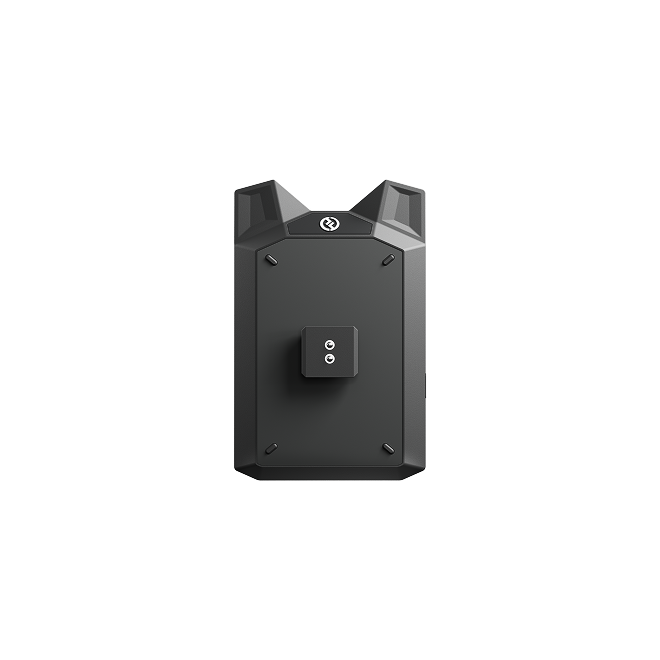

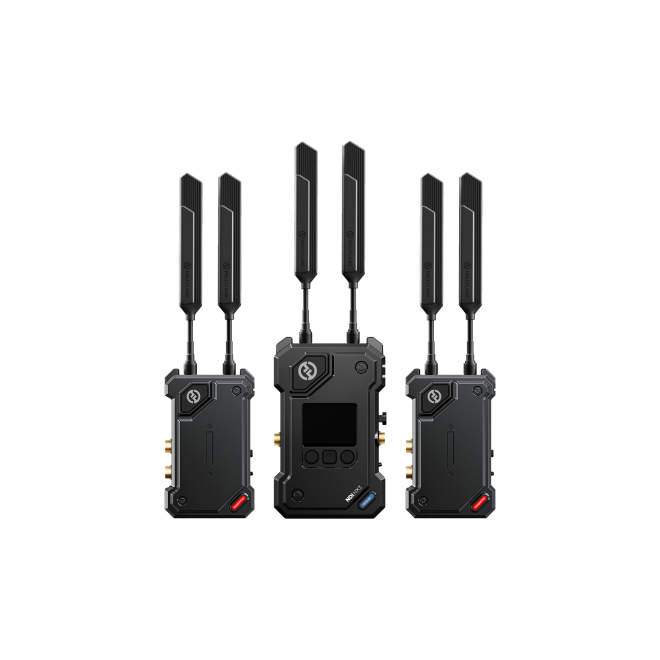
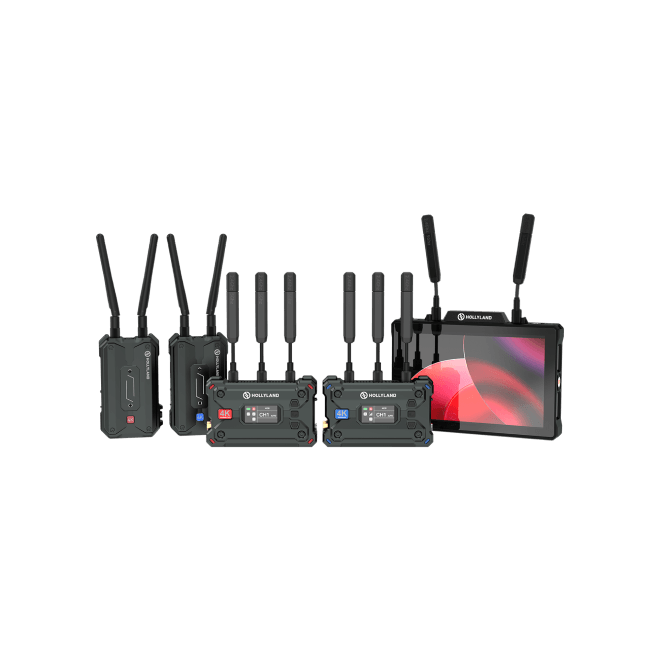
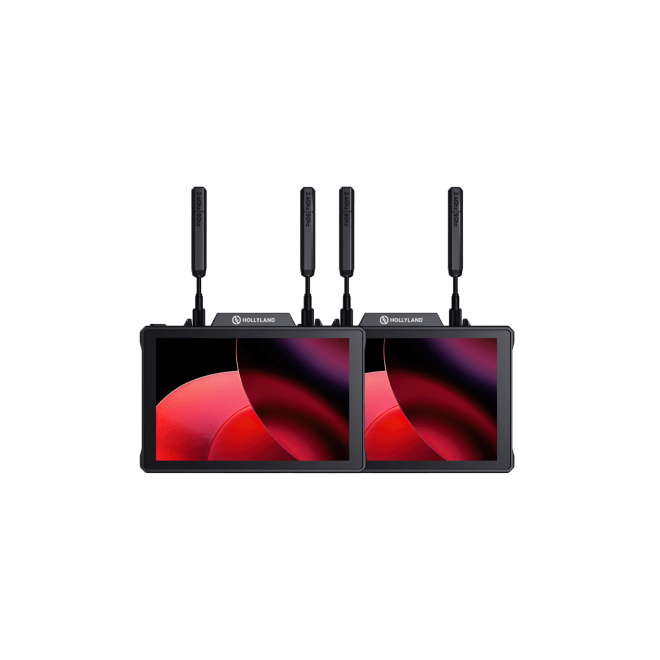
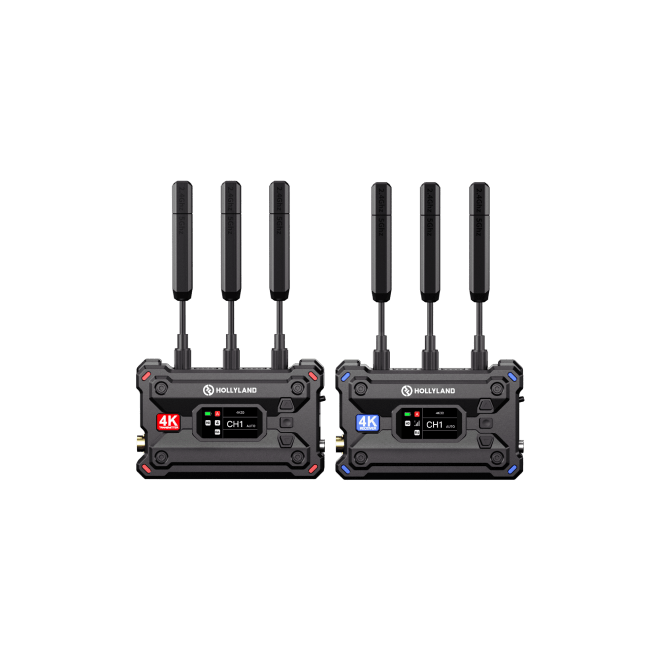
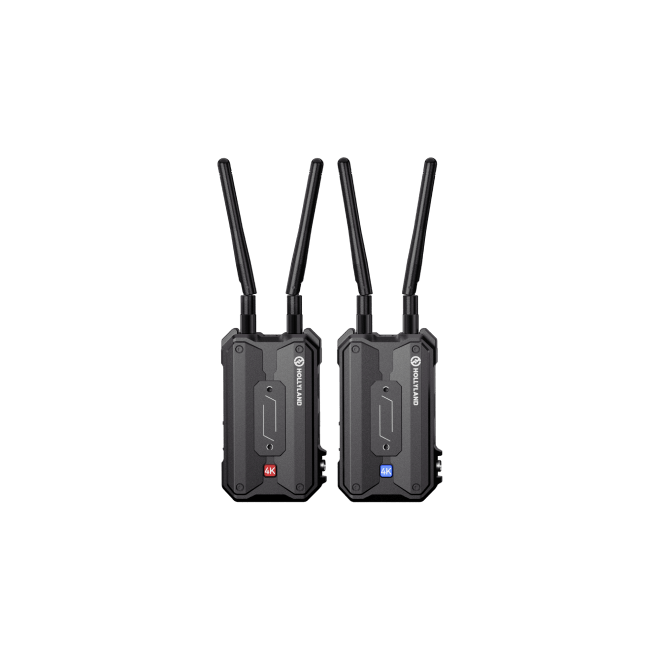
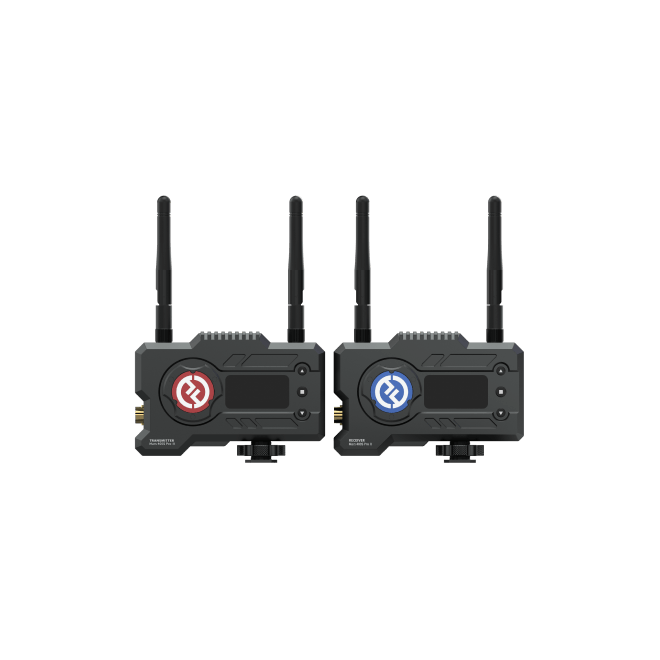
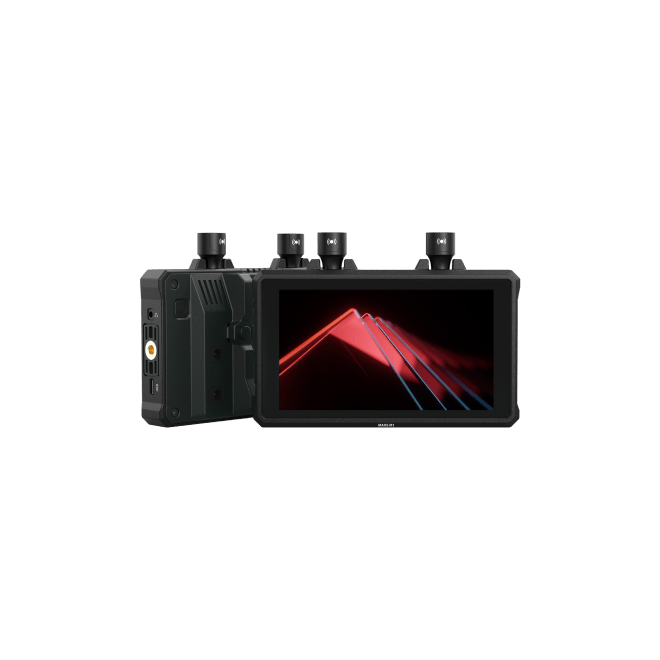
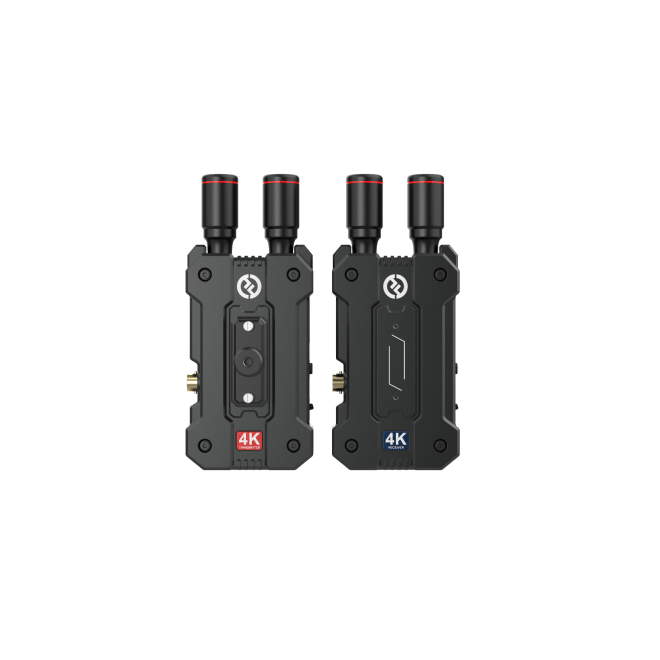
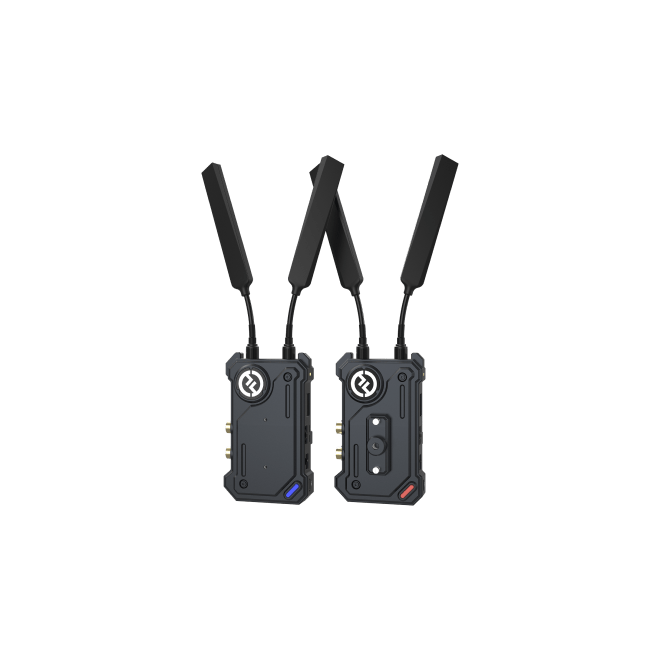
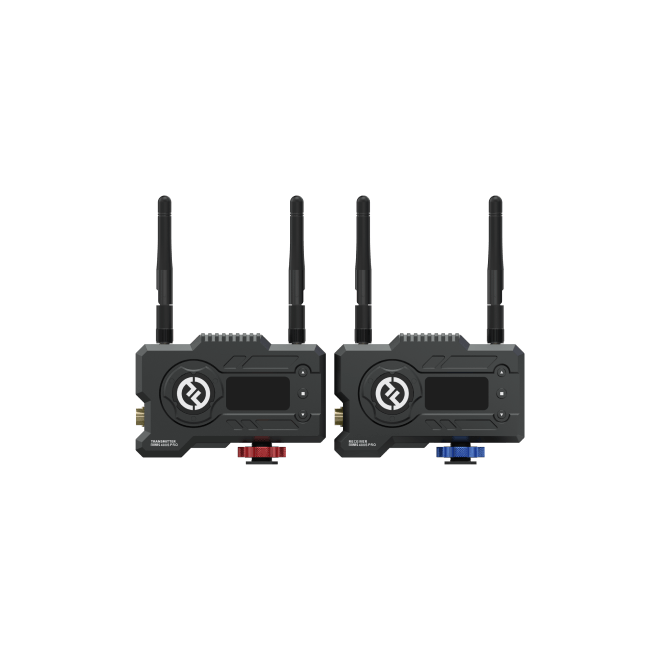
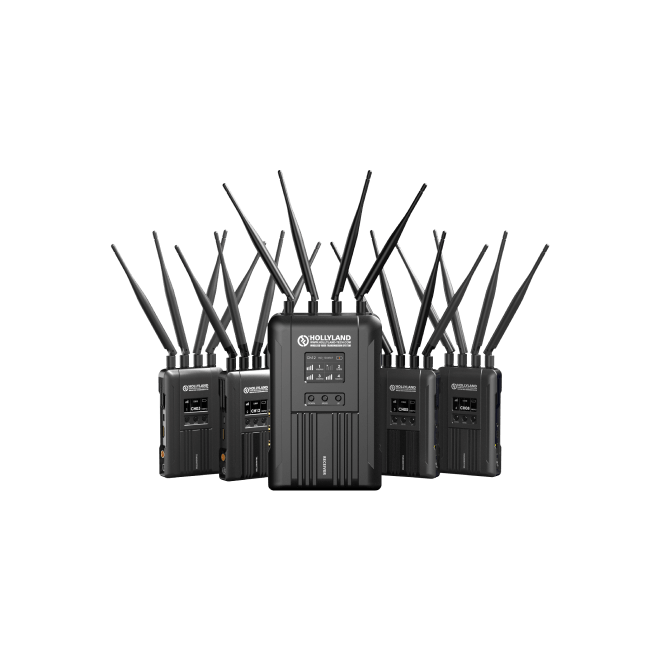
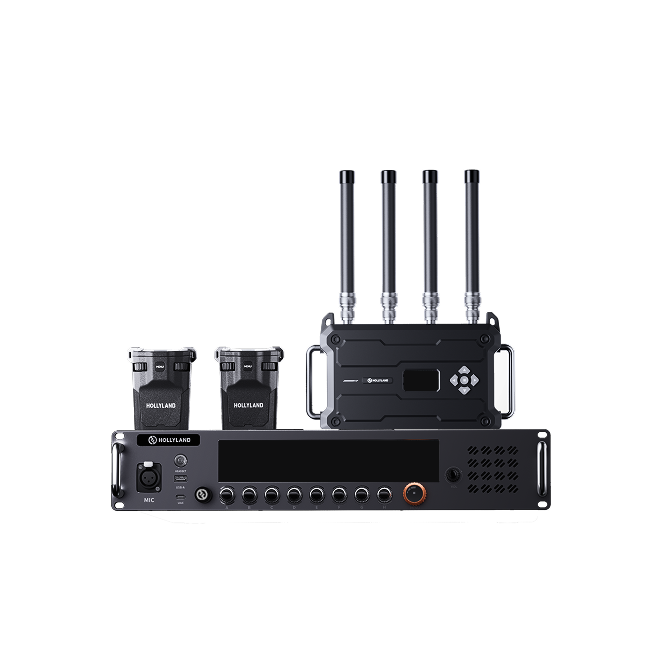

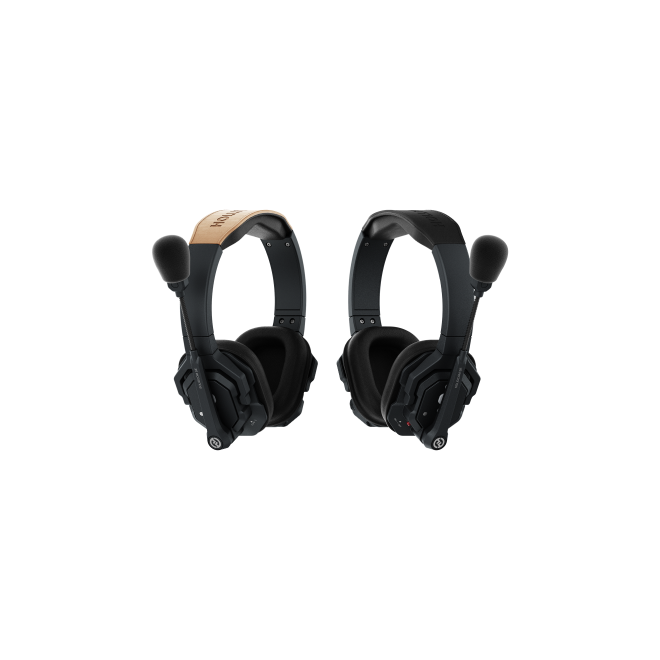

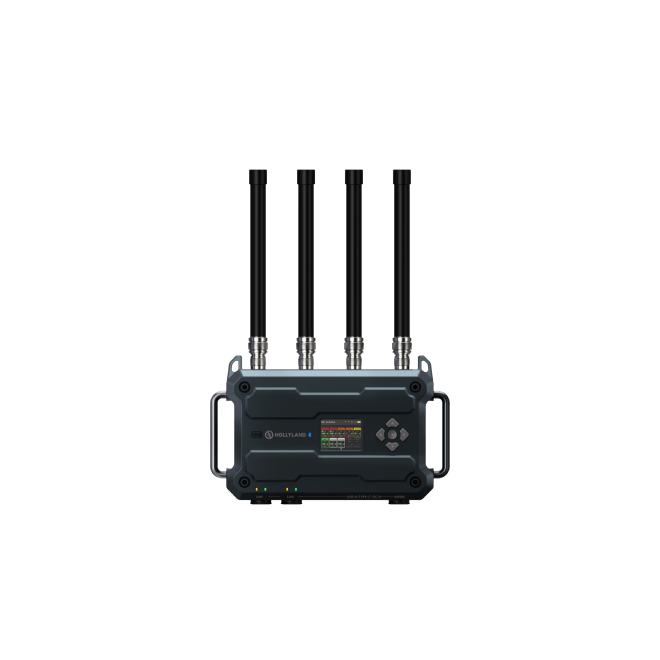
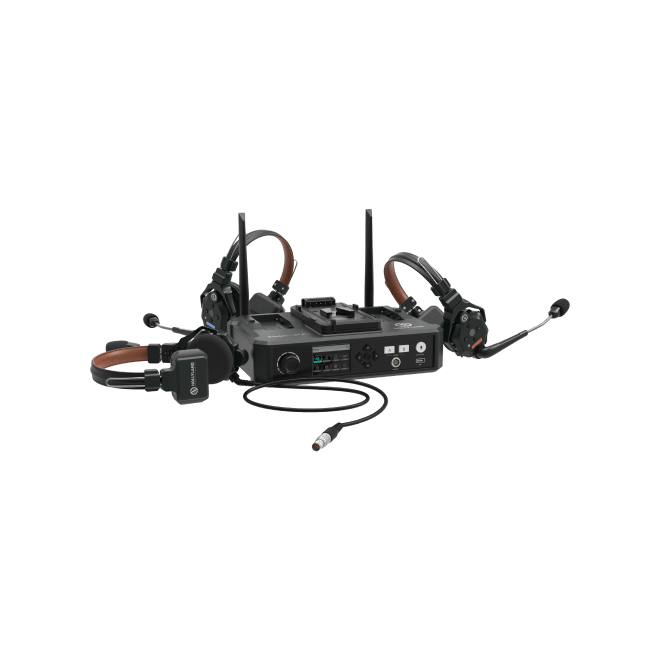
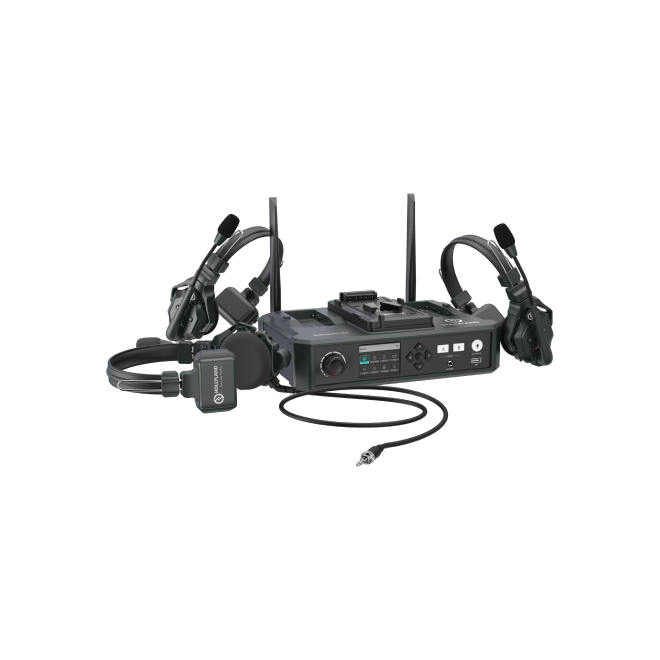


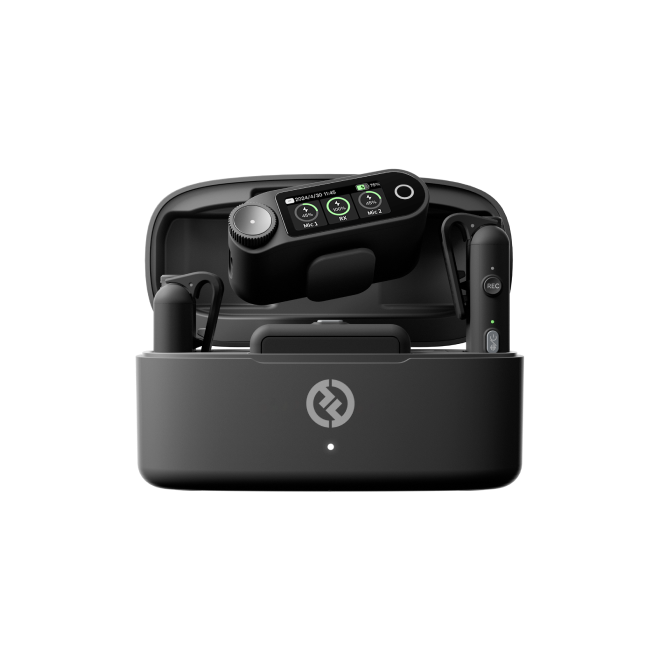
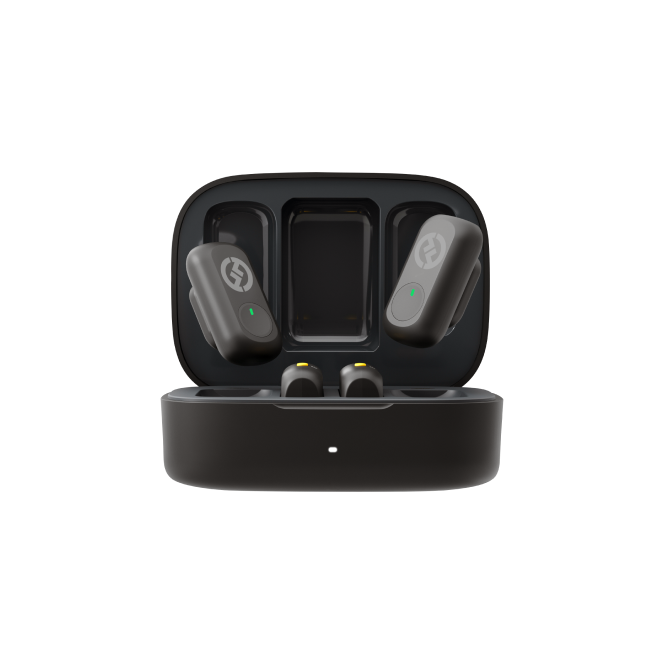

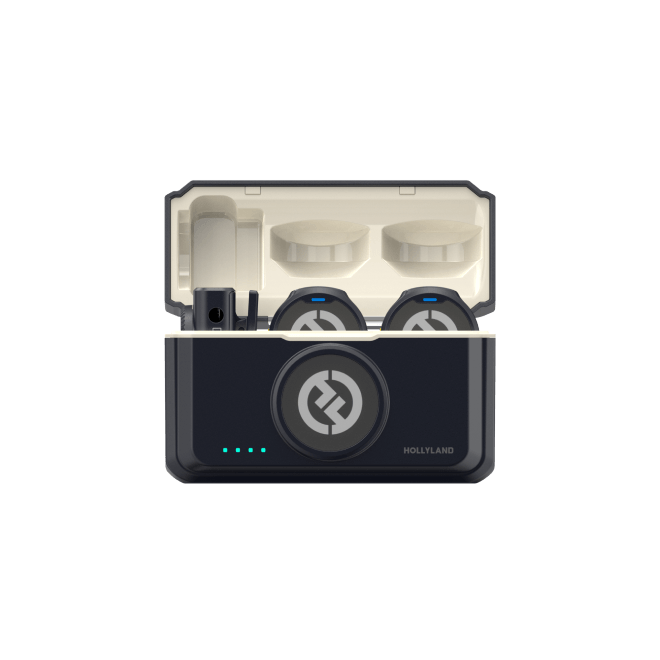
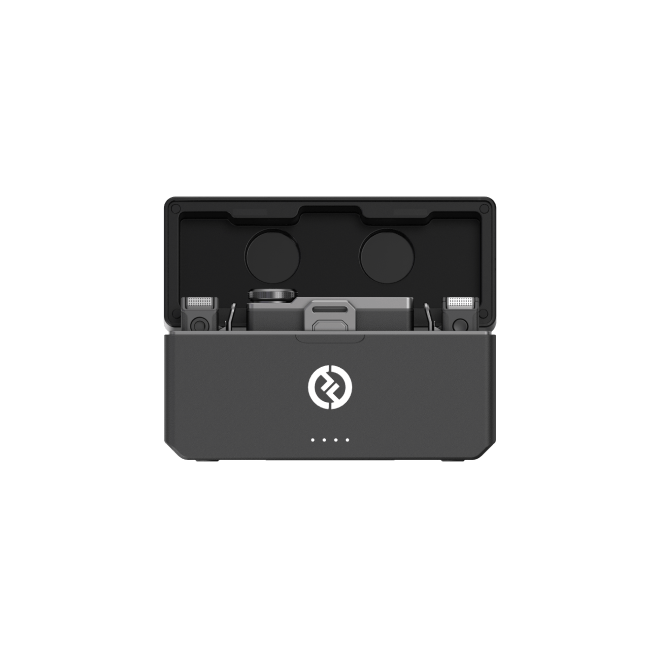
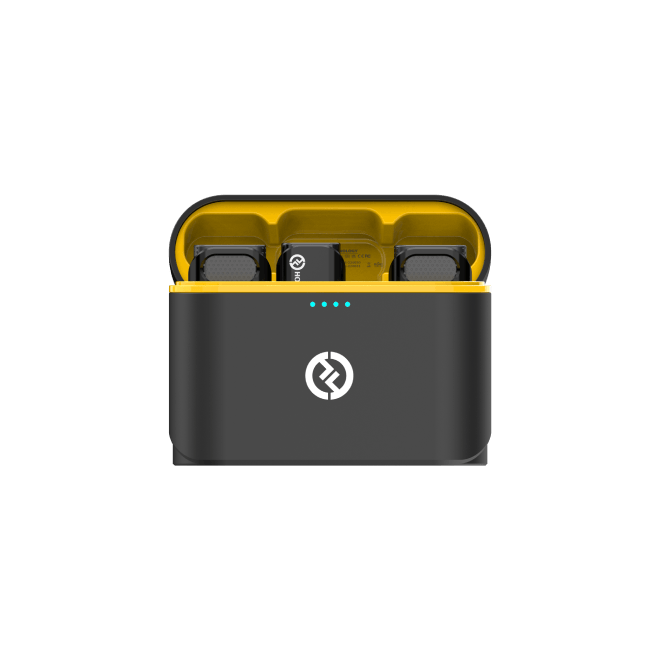
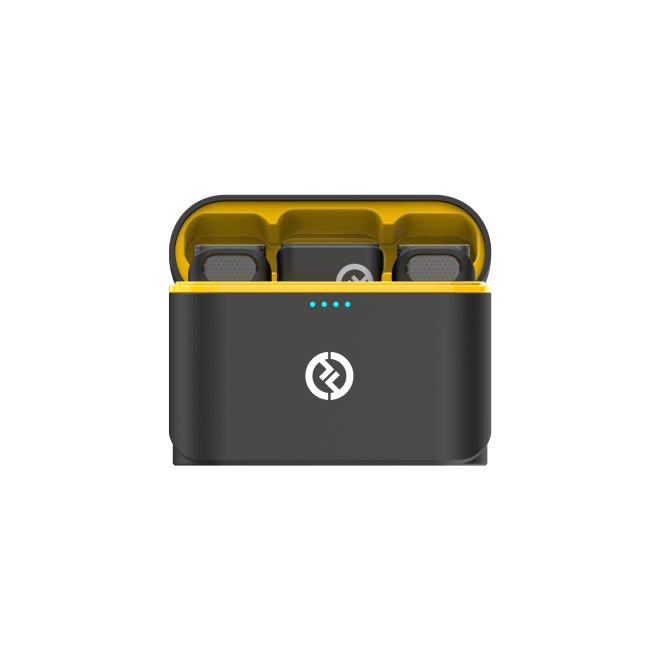
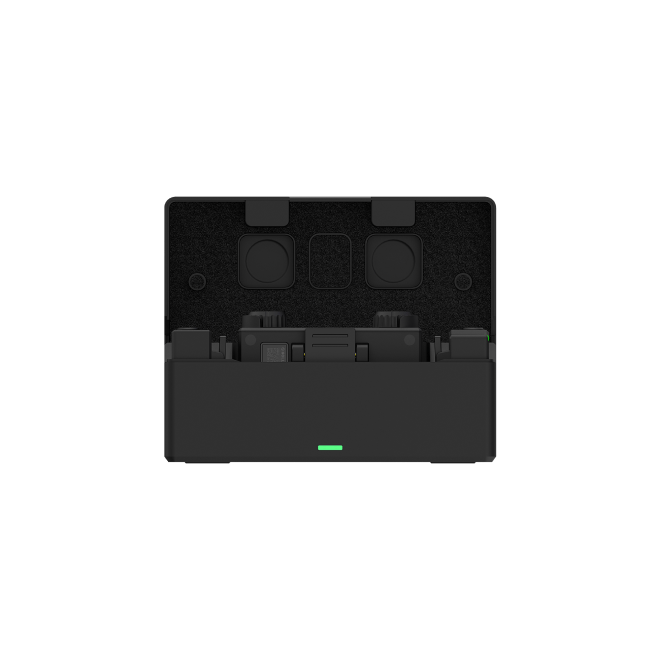
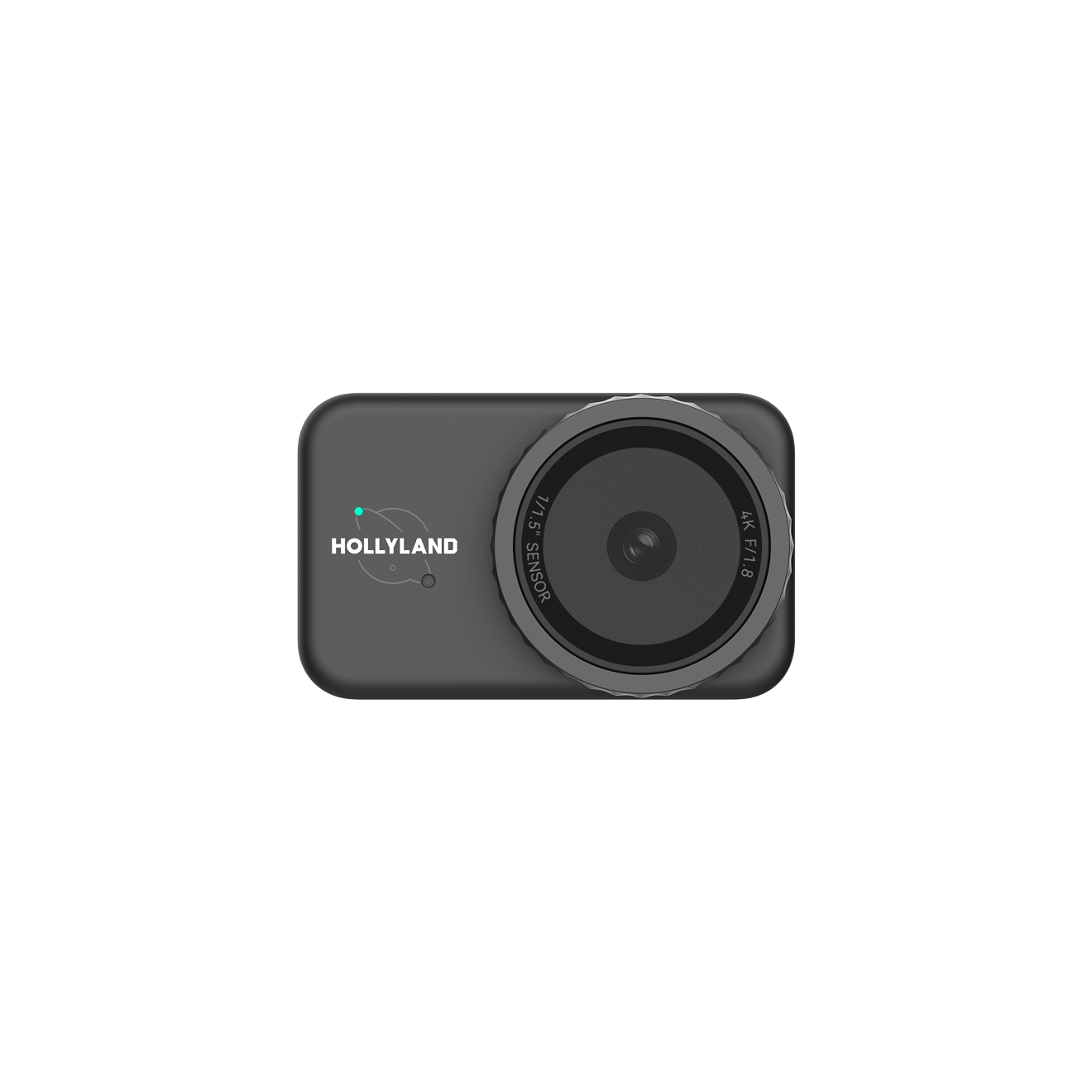

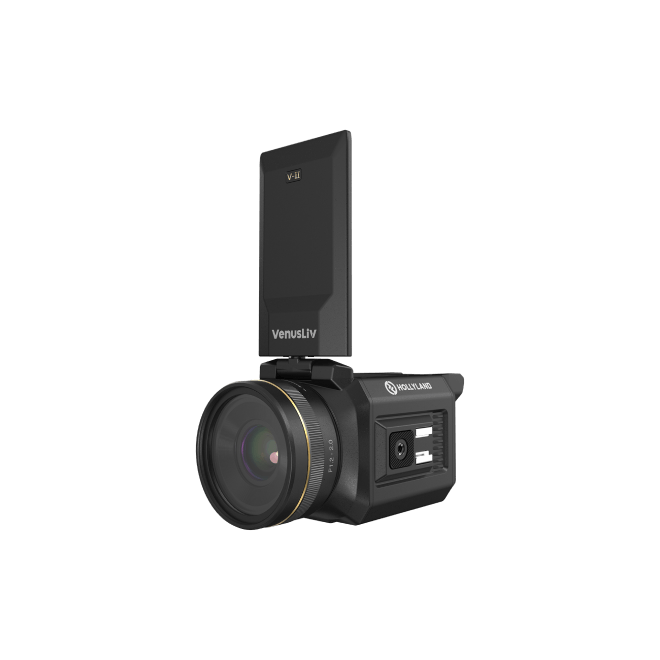
.png)


